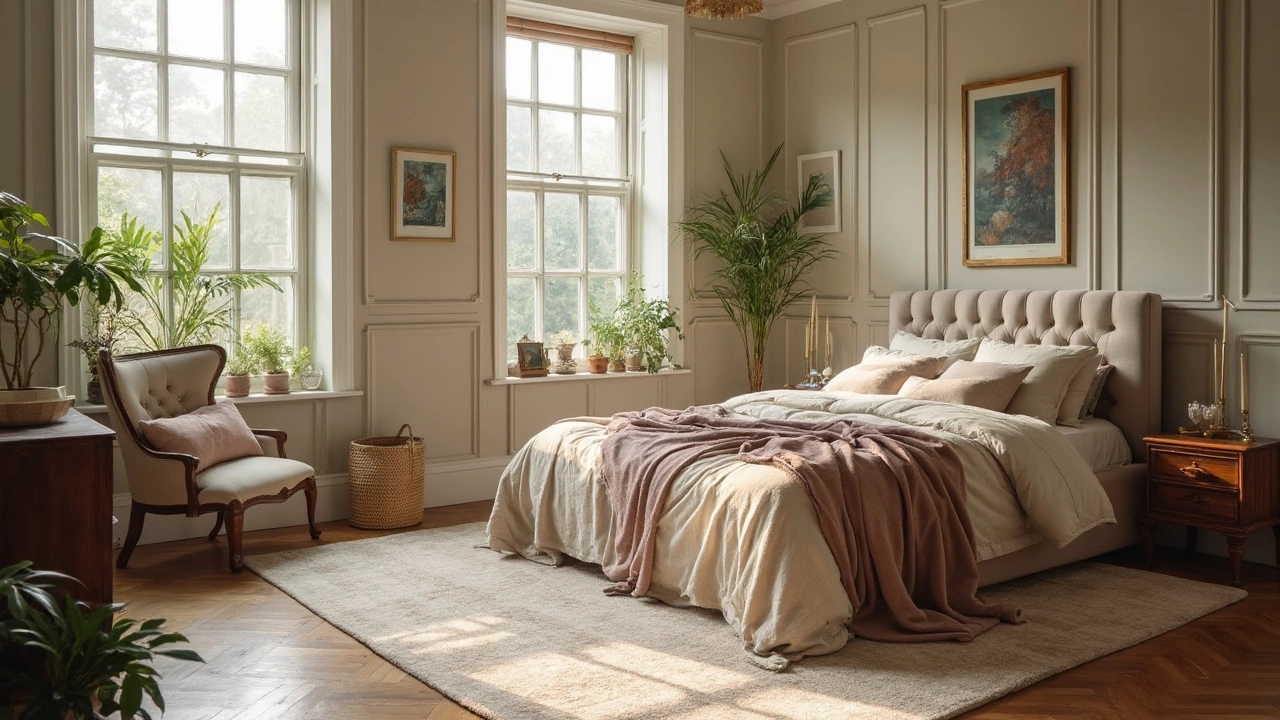Rug Sizing Made Simple: Choose the Right Rug for Every Room
Ever bought a rug that looked great in the store but felt wrong at home? The secret is getting the size right the first time. Below are easy steps, real‑world examples, and quick tricks so you can pick a rug that fits your furniture, floor space, and style without any guesswork.
How to Measure for the Right Rug
Start by measuring the area you want the rug to cover. Grab a tape measure, note the length and width of the floor space, and write it down. Next, decide how much of the floor should stay exposed. In a living room, most people leave at least 18‑24 inches of bare floor around the rug. That gap makes the room feel balanced and shows off the flooring.
If you want all the furniture to sit on the rug, add the length of your sofa plus the depth of any chairs or coffee tables. A quick trick: place a sheet of paper or a painter’s drop cloth on the floor, trace the outline of each piece of furniture, and then measure the total rectangle. That rectangle is your “furniture footprint.” Choose a rug that’s equal to or slightly larger than that footprint.
For bedrooms, a common rule is to have the rug extend about 2‑3 feet beyond the bed on each side. This gives a soft landing when you get up and adds a touch of luxury. If space is tight, a runner or a smaller rug placed under the nightstands works just as well.
Popular Rug Sizes by Room
Living rooms: 5x8 ft and 8x10 ft are the most popular. A 5x8 works well in smaller sofas or apartment layouts, while an 8x10 fits larger sectional setups and leaves enough border around the edges.
Dining rooms: Measure the table first. Add at least 24 inches on all sides so chairs can slide in and out without slipping off the rug. A dining table that’s 6 ft long usually needs a 9x12 ft rug.
Hallways & entryways: Runners are the go‑to. Common sizes are 2.5x6 ft or 2.5x8 ft. Make sure the runner is at least as wide as the hallway so you don’t step off the sides.
Bedrooms: If you’re using a full‑size rug under the bed, 6x9 ft is a safe bet. For a king‑size bed, go for 8x10 ft or larger. Smaller rugs placed at the foot of the bed or beside nightstands add style without crowding the space.
Remember that pattern scale matters. Large geometric designs look best on bigger rugs, while small motifs can get lost on a large surface. If you love bold prints, match them with a rug that’s big enough to showcase the pattern fully.
Finally, don’t forget a rug pad. It adds grip, reduces wear, and adds a little extra cushion. A pad that’s ¼‑inch thick works for most indoor rugs; thicker pads are good for high‑traffic areas.
With these steps, you’ll never guess your rug size again. Measure, match the furniture footprint, pick a common size, and add a pad for safety. Your floor will look polished, cozy, and perfectly proportioned the first time you lay it down.
-

Rug Under the Bed: Why It Matters and How to Get It Right
Wondering if a rug under the bed is worth it? This article explains the real purpose of bedroom rugs, what difference they make, and clever tips for picking the right size and style. Get practical advice for arranging a rug in any room, even tiny apartments. Plus, learn why skipping a bedroom rug might be a missed comfort opportunity. Make your bedroom both cozy and stylish by mastering this underrated decor move.
